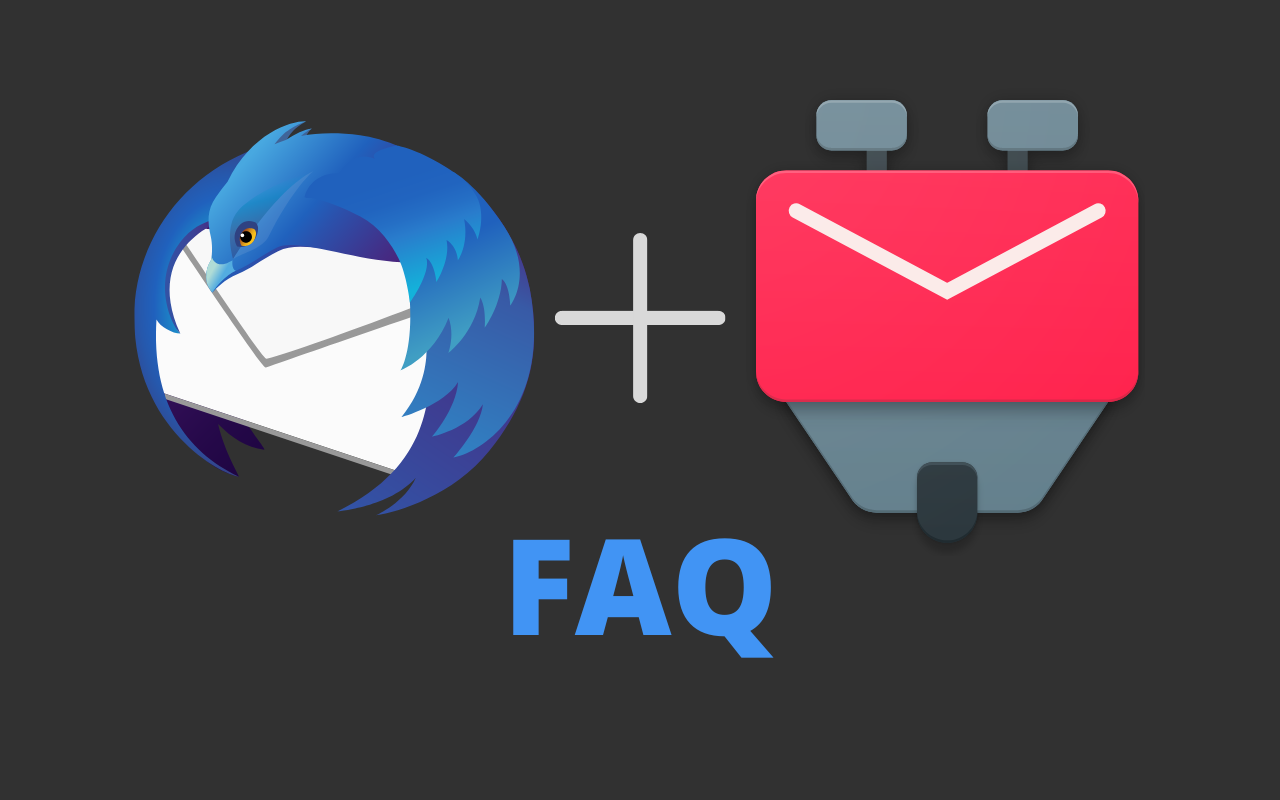I would be agnostic about smartphone-related threats, expecting all sorts of meanness from them.
1 - there is some difference between the software environment of the smartphone and regular computer ) Usually my FreeBSD workstation has some security settings (according to the Handbook). What's more, if I'm reading mail locally from a monitor that's connected to a mail server, I'm dealing with an even more meticulously configured system with jails for various services. Previously (before FreeBSD) I used just Gentoo with the hardened profile and the hardened kernel. Even in the case of a simple workstation, I have a fairly minimalistic environment, which consists of xmonad + Emacs, from which I do not expect any insidious trick

. Finally, all of these programs are open source and have been built by myself on my binary host (it doesn't matter if it's FreeBSD or Gentoo).
In the case of a smartphone, we are dealing with a lot of programs, only some of which are open. All this big top is teeming in a system that is difficult to consider as trusted, ads can sometimes even be shown there

2 - as a result of using mobile ISP, I can't properly filter IP access using ipfw for imap/submission ports.
3 - I guess mobile clients can't provide SSH connections using u2f, for example.
Finally, it's not about security, but using mutt (or some Emacs-based email client) is inconvenient from a smartphone screen. For example, mutt will use vi (or Emacs evil-mode) control method.

blog.thunderbird.net
